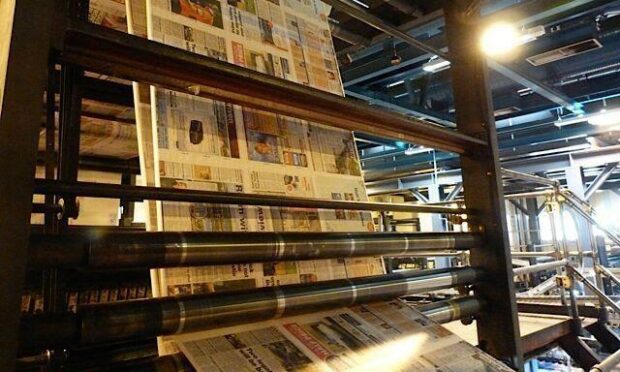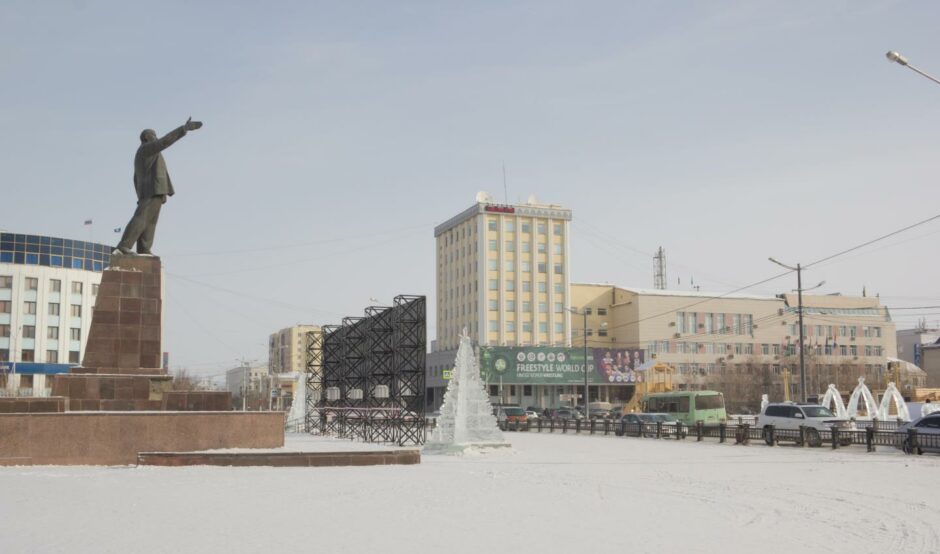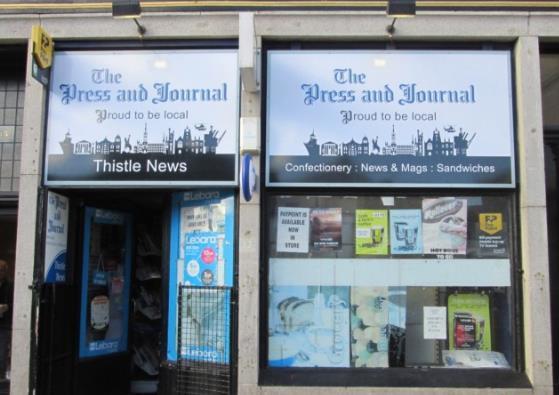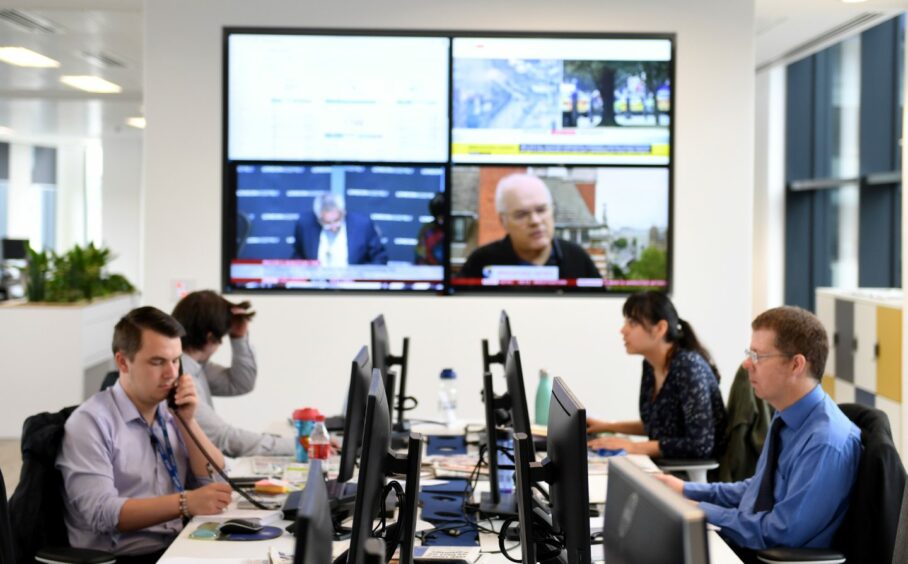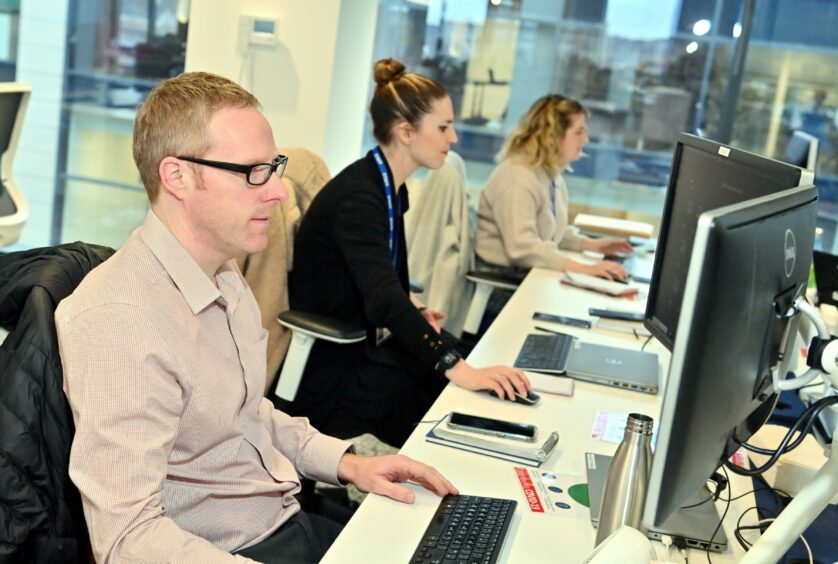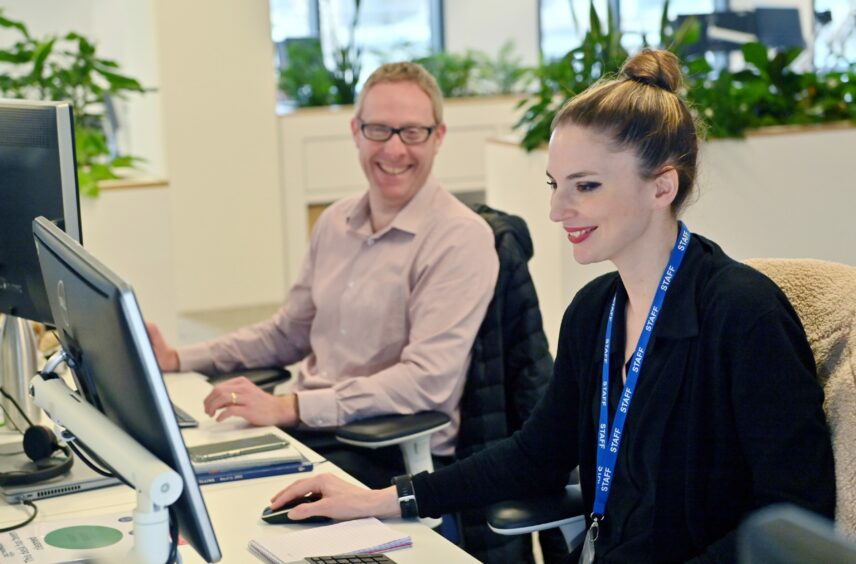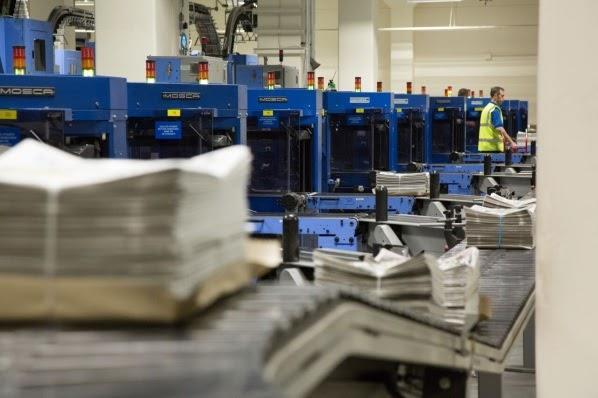A few years back I found myself in the Russian Far East, a time difference of nine hours to the UK.
I had managed to bag an extra column at very short notice, and since newspapers often work on very tight deadlines, it would go in as a news piece, in the actual paper the following morning,.
I was told: “You’ve got two hours to get it in. Don’t be late!”
I got outside to the event I was covering, took photos and notes, then back to my apartment and typed like crazy; oh I dread to think how many typos there were that day.
Once finished, I hit the send button in my email and the column was on its way. That was my job done, time to move on to the next column.
It did start to make me think though. I mean, people back in Scotland would tomorrow morning be reading this very piece from the comfort of their own homes. A piece that I wrote hours prior to print, in Yakutsk, Russia. Mind-boggling really.
Our daily newspaper is, I guess, just another one of those things we all take for granted. I don’t mean columnists and reporters, I mean how it all comes together and actually gets to us, without fail, six days per week.
I finish a column, send it in by email, then forget about it and get on with my life. A couple of days later, I either see it in print if I’m in Scotland, or I view it online.
When I pick up a physical copy – always best in my opinion – I glance at my column, but honestly, never give a second thought as to how it got there and what was involved.
Until one day.
It was in the charming Highland village of Carrbridge last summer. Up at 6am I walked through the local forests before ending up at the tiny local shop where I duly picked up my P&J at 7am.
I flicked thorough the paper and thought for the first time: “When was this all put together? When was it printed? And how on Earth did it get here by 7am?”
There are, of course, cities, towns and villages further away than Carrbridge, so the question, especially of how our paper gets to you each and every morning, is even more relevant.
Digital is without a doubt going to play an increasing part in all our lives in the very near future. But believe me, print is not dead, far from it.
An army of people work at the P&J. Everyone from columnists to reporters, photographers, features editors, sub editors and a whole plethora of other folk I have no idea of.
This column is, of course, in Your Life magazine, in Saturday’s P&J.
I interviewed our features editor David Dalziel on what his job entails.
“I spend most of my working week on Your Life magazine, The Menu and our various other publications. It’s non stop. As soon as I file one edition and send it off, I start on next week’s.”
“So, you’re working on next week’s now?” I asked.
“Halfway through it,” he said.
“Can you take me through the process of what happens once you receive a columnist’s written work?”
“Sure. So, you send me a column, on whatever subject,” said David. “I open the Word document, then copy and paste it into WordPress, which is the software we use to produce our online content. I read it, edit it and change it were necessary, add in your pictures, or use others from stock, depending on the article. Then there’s a button I can select that sends it to Prestige. That’s our content management system, where it comes through to our printed products and the pages can be laid out digitally.
“Your column, as with all others, is looked at by various sub editors, it comes back to me and I give it my final once-over before sending it off for a final proof by another sub, then it gets sent off and it’s out of my hands.”
“How did lockdowns affect your work?” I asked.
“To be honest, we learned to adapt, but it was hardest in the run-up to the first one, as like everyone else, we didn’t know what we were dealing with.
“For us specifically, take travel articles and features for places all over Scotland, and also foreign travel. They appear weekly in Your Life, but we had to work out if it was responsible to run these; I mean to be promoting travel while everything was beginning to shut down. And if we dropped these features, what would we fill the pages with.
“A lot of stuff got shelved, and we had to cut our pages down for a while – but we never missed an edition. Also, our Photo Diary, where we feature galleries of people at social events such as charity dinners and celebrations, was also hit. Events were being cancelled left, right and centre.”
I continued: “How many work directly on producing the magazine?”
“I have a team of six staff who work on Your Life magazine as well as The Menu and a range of other magazines and supplements,” answered David. “We are totally focused on what our readers want to read each week. I take great pride in seeing the P&J and Your Life on the newsstand on a Saturday.”
The P&J aims for the highest standard of quality every day, and as Struan Nimmo, head of editorial production, told me: “Numerous sets of eyes go over what you columnists and reporters write before it all finally gets laid out, then sent off to our printing facility.”
And finally, I asked David, who is technically my boss: “Now be honest David, do you ever have to chase us columnists when it comes to deadline day?”
He laughed, cleared his throat and said with a wry smile: “No comment!”
So, the reporters have been out in the field, photographers taken their photos, interviews been done, columnists have filed their pieces and feature writers also. It’s all been edited and laid out, and finally sent to be printed.
Job done? Oh on.
It may now be late at night and most of us are fast asleep, but it’s far from over when it comes to your daily paper. In fact, it’s just the beginning.
